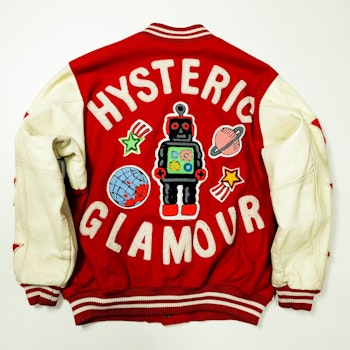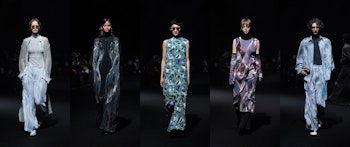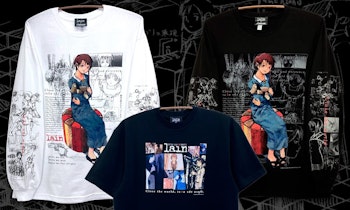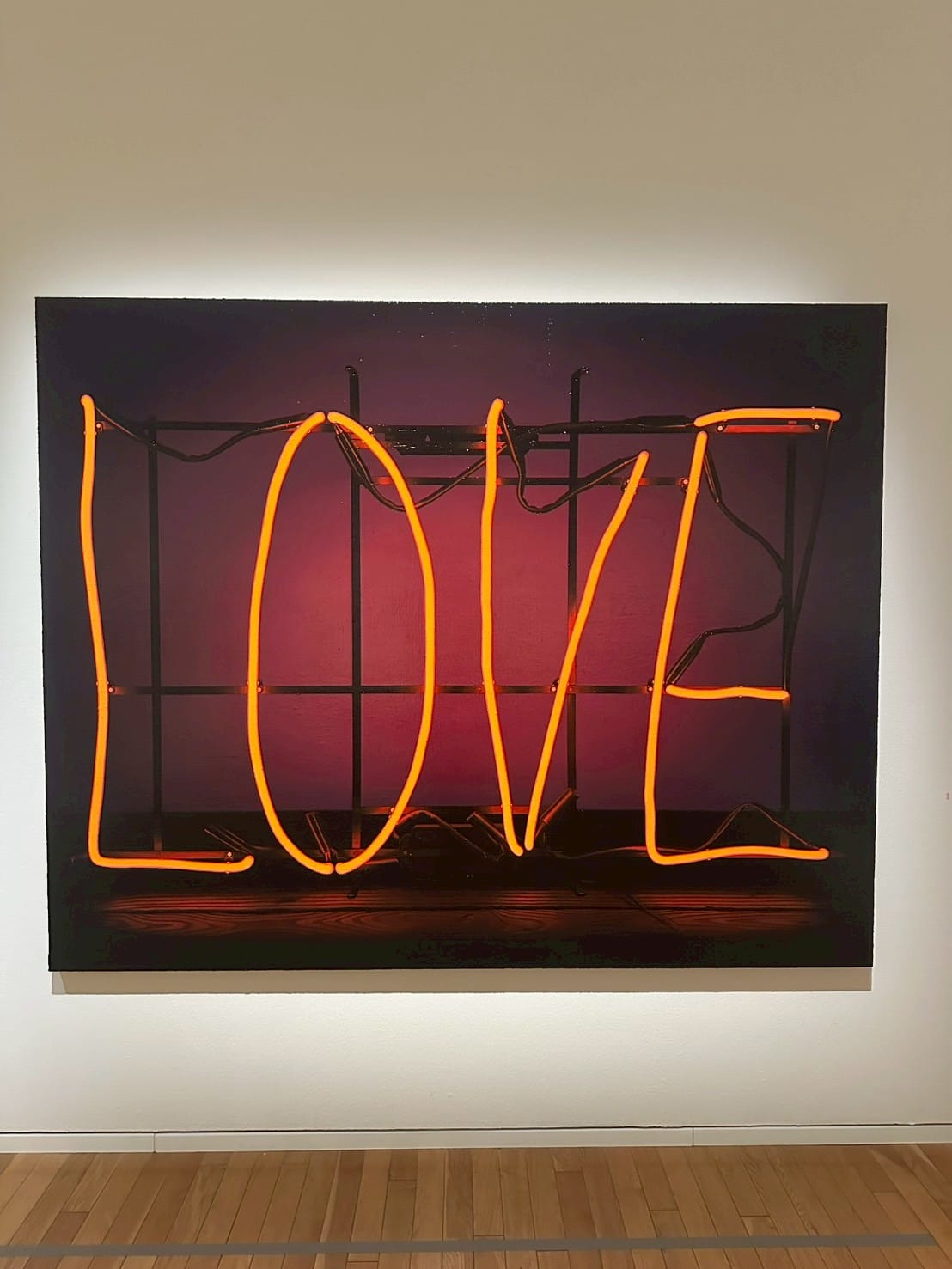
The Kyoto Costume Institute (KCI) may not be a household name like the Louvre or the Met, but in the world of fashion history, its influence is global and enduring. Since its founding in 1978, KCI has redefined how fashion is collected, studied, and exhibited—not merely as clothing, but as a vital expression of cultural identity, innovation, and human creativity.
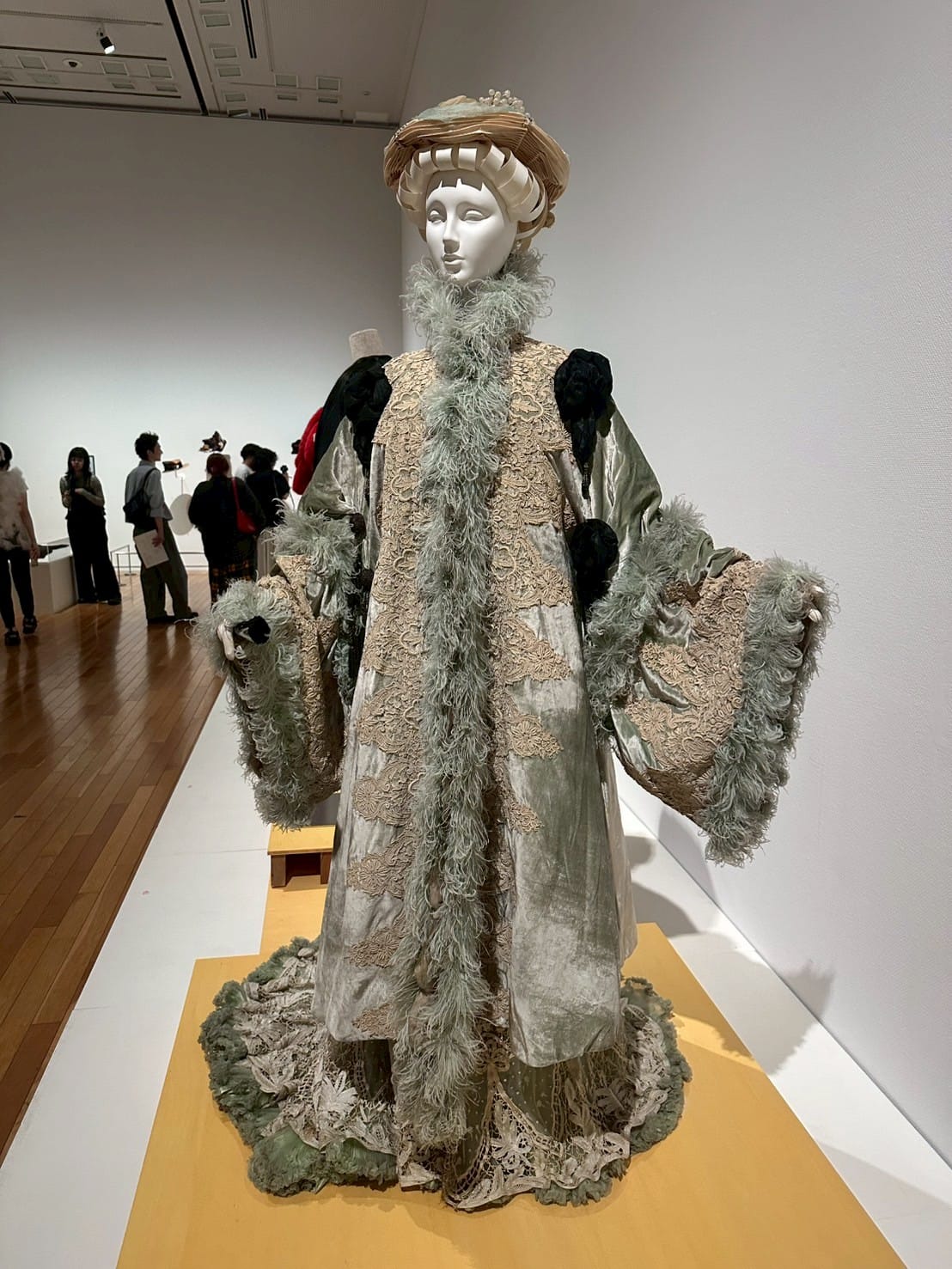
A Vision Born from a Fashion Revelation
The idea for KCI was sparked in 1973, when “Inventive Clothes: 1909–1939,” a groundbreaking exhibition from New York’s Metropolitan Museum of Art, arrived in Kyoto. The exhibit captured the attention of Japanese designer Issey Miyake and Koichi Tsukamoto, the founder of Wacoal Corporation. Both men recognized that fashion deserved a place in the academic and cultural spotlight—one that could rival other fine arts.
That moment would inspire Tsukamoto to create a dedicated institution focused on the preservation and scholarly study of clothing—not traditional Japanese garments like the kimono, but Western fashion from the 17th century to the present day. On April 1, 1978, with the support of Wacoal and the Agency for Cultural Affairs, the Kyoto Costume Institute was born.
Unlike many museums, KCI did not build a grand exhibition hall. Instead, it adopted a more focused model: acquiring, conserving, and sharing its collection through traveling exhibitions, publications, and digital platforms. This strategy has allowed it to remain agile and international in its reach.
Today, the KCI collection holds more than 13,000 garments and over 16,000 related documents. These include iconic works by Christian Dior, Chanel, Louis Vuitton, and a vast selection of Japanese designers who helped shape contemporary fashion.
Fashion as love
The Kyoto Costume Institute's latest exhibition looks at the relationship between fashion and self-identification through the lens of love. Fashion is not only functional, but it is also a means of identifying ourselves and creating new identities, shaping our image in the eyes of others. The exhibit asks you to ponder several questions. What does it mean to love fashion? How do we use fashion both to love and reject ourselves? How does fashion fit into the idea of the self?
Separated into 5 sections, "Born to be nature", "Dress me up", "Just the way we are", "Break free", and "Take me higher", the exhibit goes through hundreds of years of fashion to highlight the many ways it has been utilized to find our place in the world.
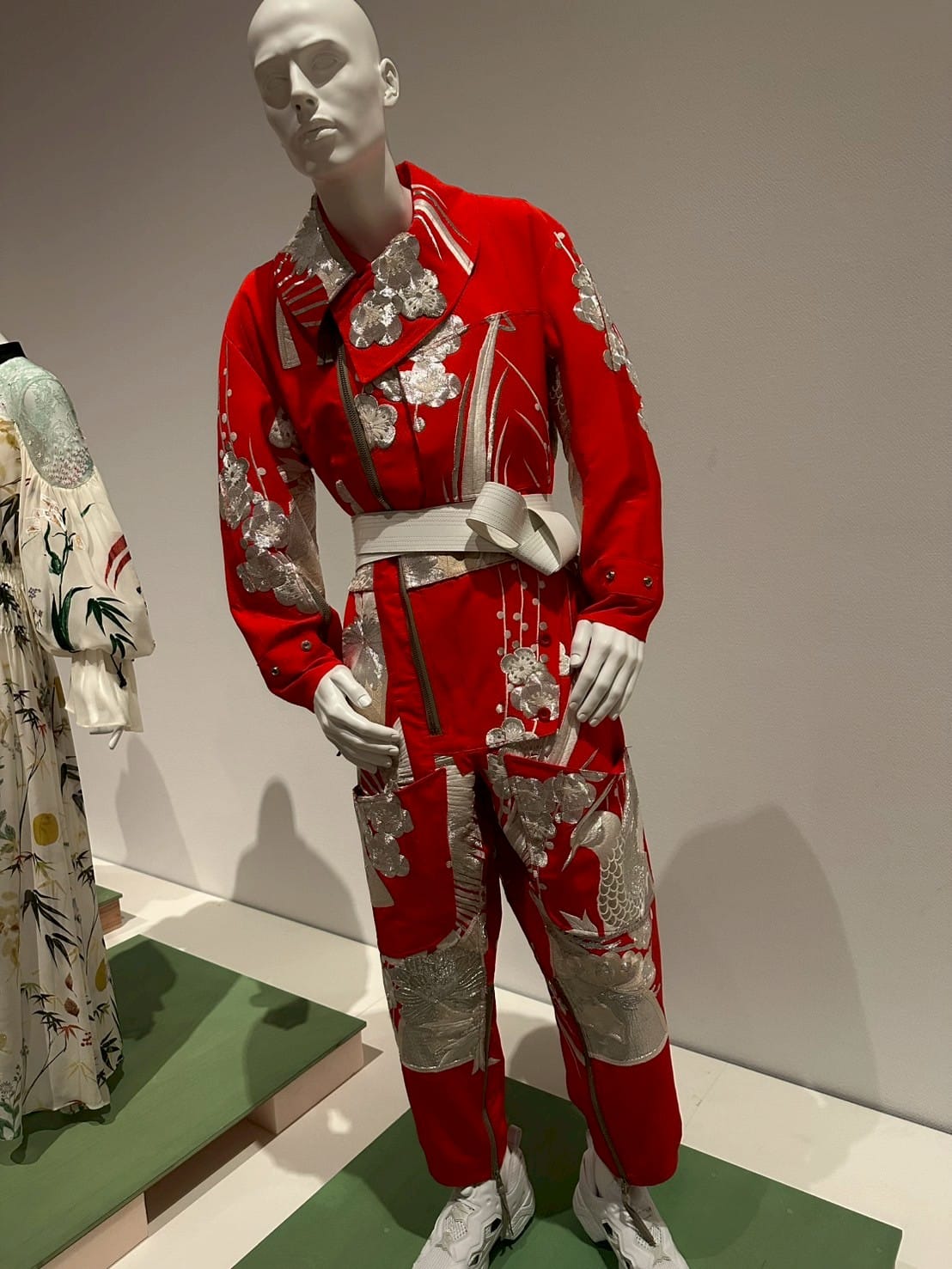
Born to be nature
The first section explores the relationship between fashion and nature. Nature is a fitting starting point to discuss fashion as identity. Humans are born naked; unlike other species, clothing is a necessity for us. That necessity has meant we are in constant debt to other living things for clothing our bodies. We are also enamored with the natural world, creating a teetering balance between expressing love for it while also contributing to its demise.
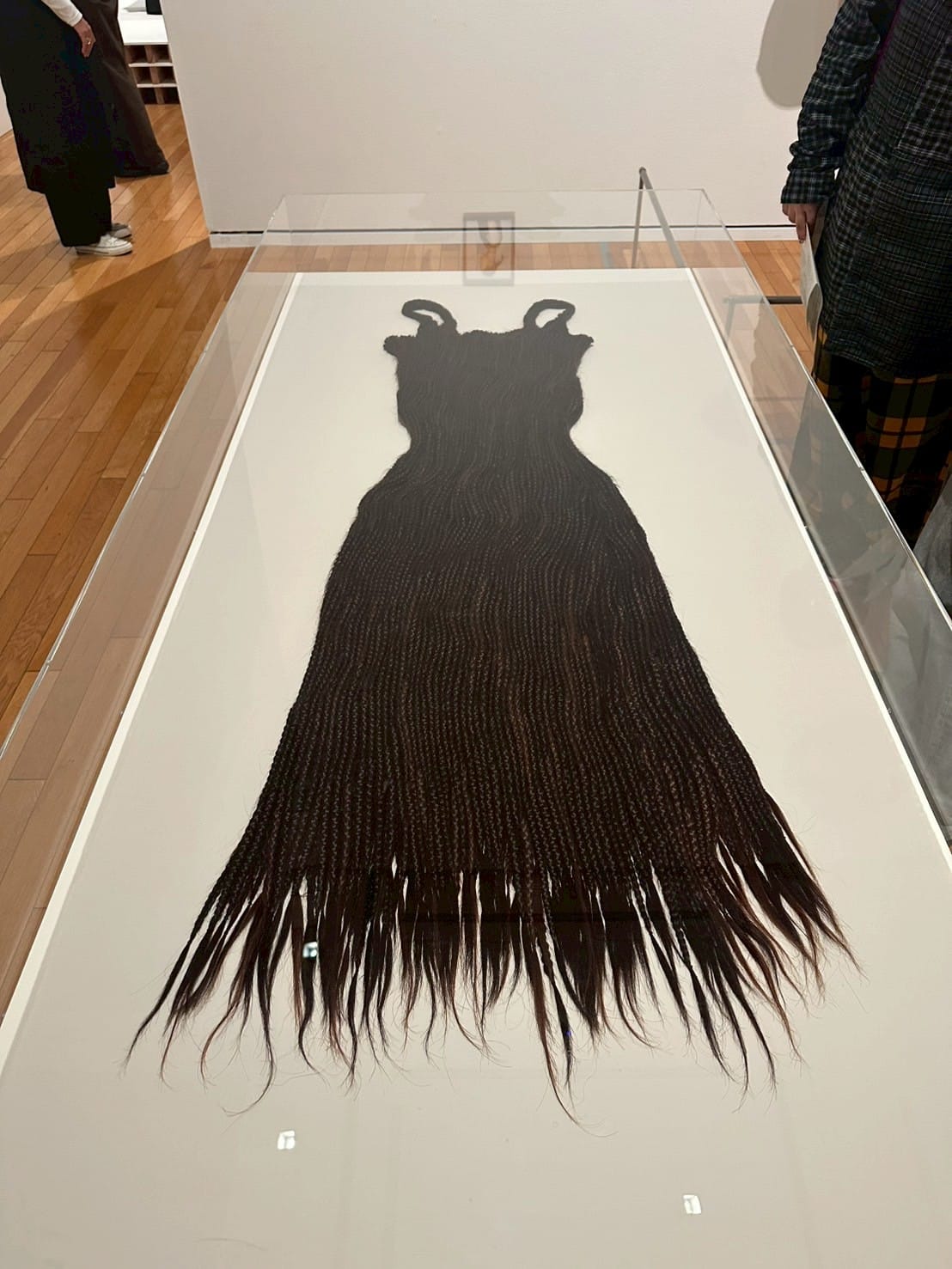
The garments on display reflect both these impulses. Embroidered and embellished garments display flowers, plants, and animals, placing us back amongst the natural world through artificial means. These garments span time from 18th and 19th century gowns to kimono-inspired outfits by Galliano. Fur is also on display, a material used initially as a way to keep warm but over time becoming a status symbol, divorcing it from its natural and animal origins. Faux fur jackets by Stella McCartney are also on display as a reminder of how human fashion consumption affects the natural world, and ponder how we can address those issues. Finally, there are garments by Japanese designer Motohiko Odani created entirely out of human hair, creating a link as both the consumer of and the raw materials in the consumption of living creatures as materials for fashion.
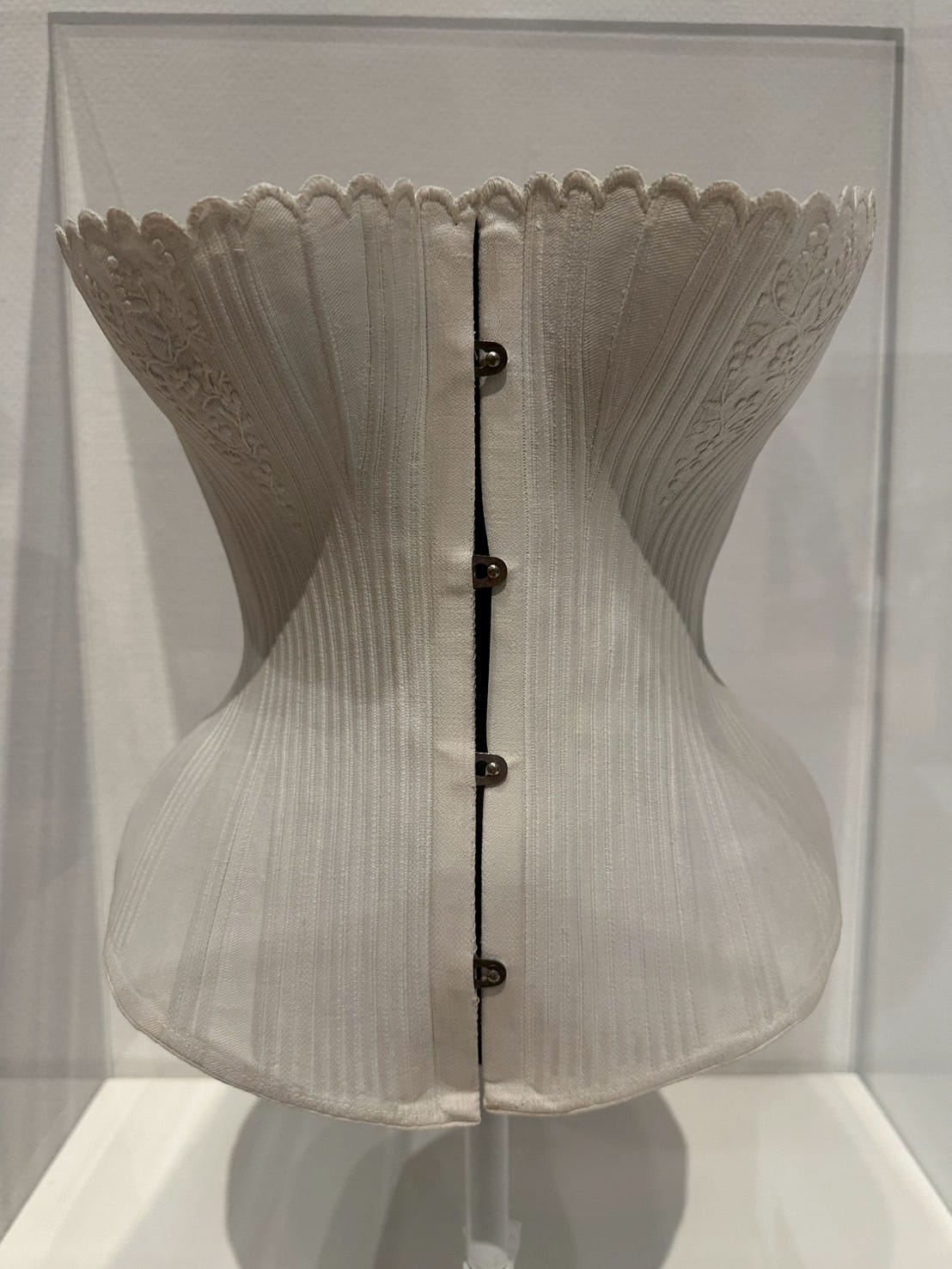
Dress Me Up
The next section shows how we use fashion to slowly divorce ourselves from our natural forms to create silhouettes shaped by societal standards. Fashion of the past is routinely mocked for its disregard for comfort and health, but it challenges us to examine the idea that we have evolved past sacrificing our bodies for fashion by comparing it to contemporary beauty trends.
Looking back, certain fashion trends now appear extreme. S-bend corsets and Dior New Look suits exemplify how fashion trends dictated minuscule waists and hourglass symmetry. Ultimately, we use fashion to decide which human forms are desirable and acceptable. Yet, these historical examples, while perhaps extreme in their physical demands, primarily focused on altering natural attributes through external and temporary means.
The contemporary landscape of fashion, however, ventures beyond external manipulation. We are now witnessing a widespread shift towards direct body modifications and the pervasive influence of image manipulation. This evolution compels us to re-examine our perceptions of what constitutes "extreme" in the pursuit of beauty. Is the discomfort and physical constraint of a historical corset truly more extreme than the invasive procedures of modern plastic surgery, which fundamentally alter the body's structure?
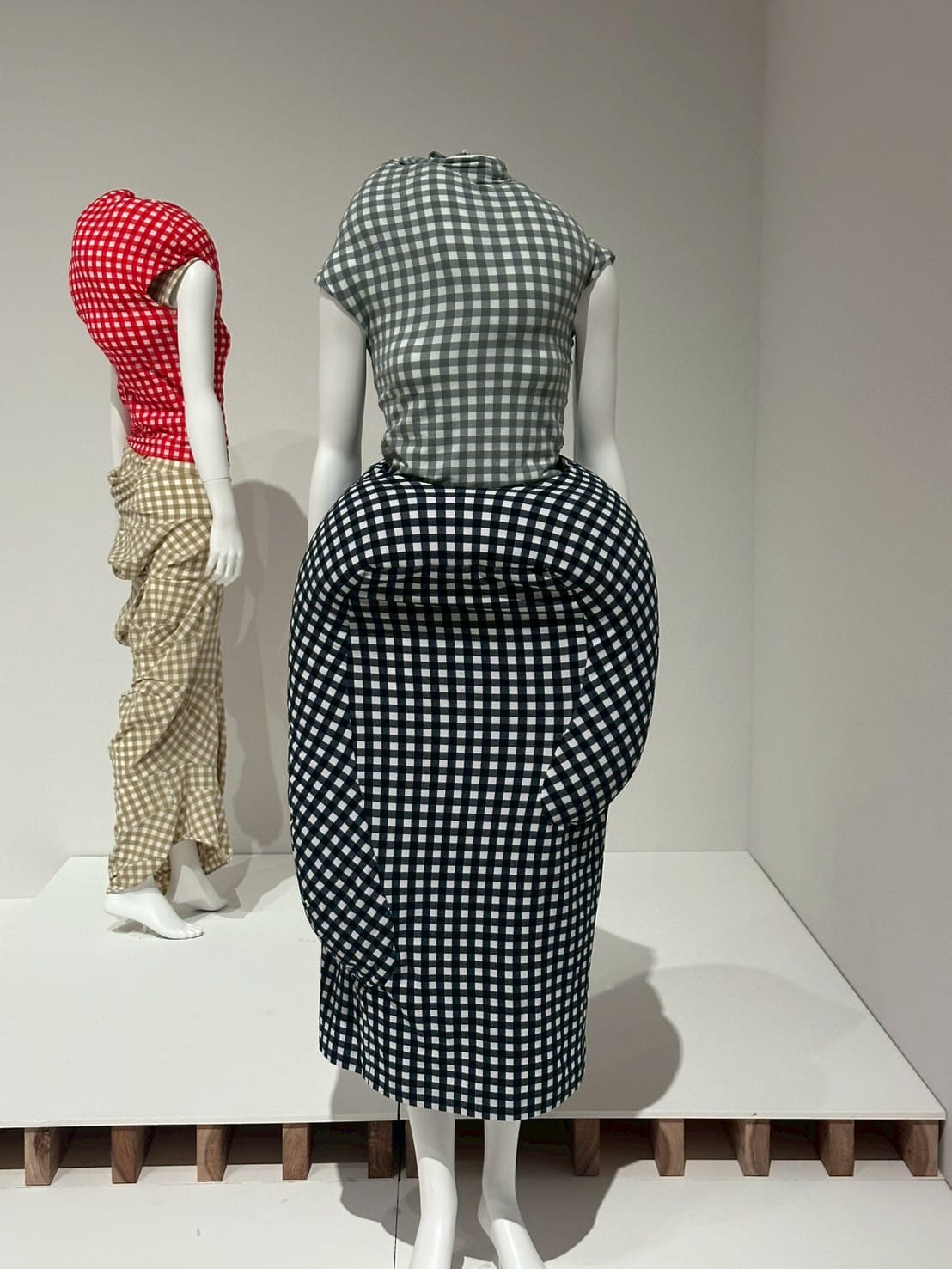
Some designers have made their name by challenging these very societal ideals. The avant-garde designs of Rei Kawakubo deliberately challenge and deconstruct traditional notions of beauty and proportion. Rather than conforming to the idealized standards of perfectly balanced and symmetrical bodies, Kawakubo's creations often deform, distort, or satirize these obsessions. Her designs invite viewers to question established aesthetic conventions and to find beauty in imperfection.
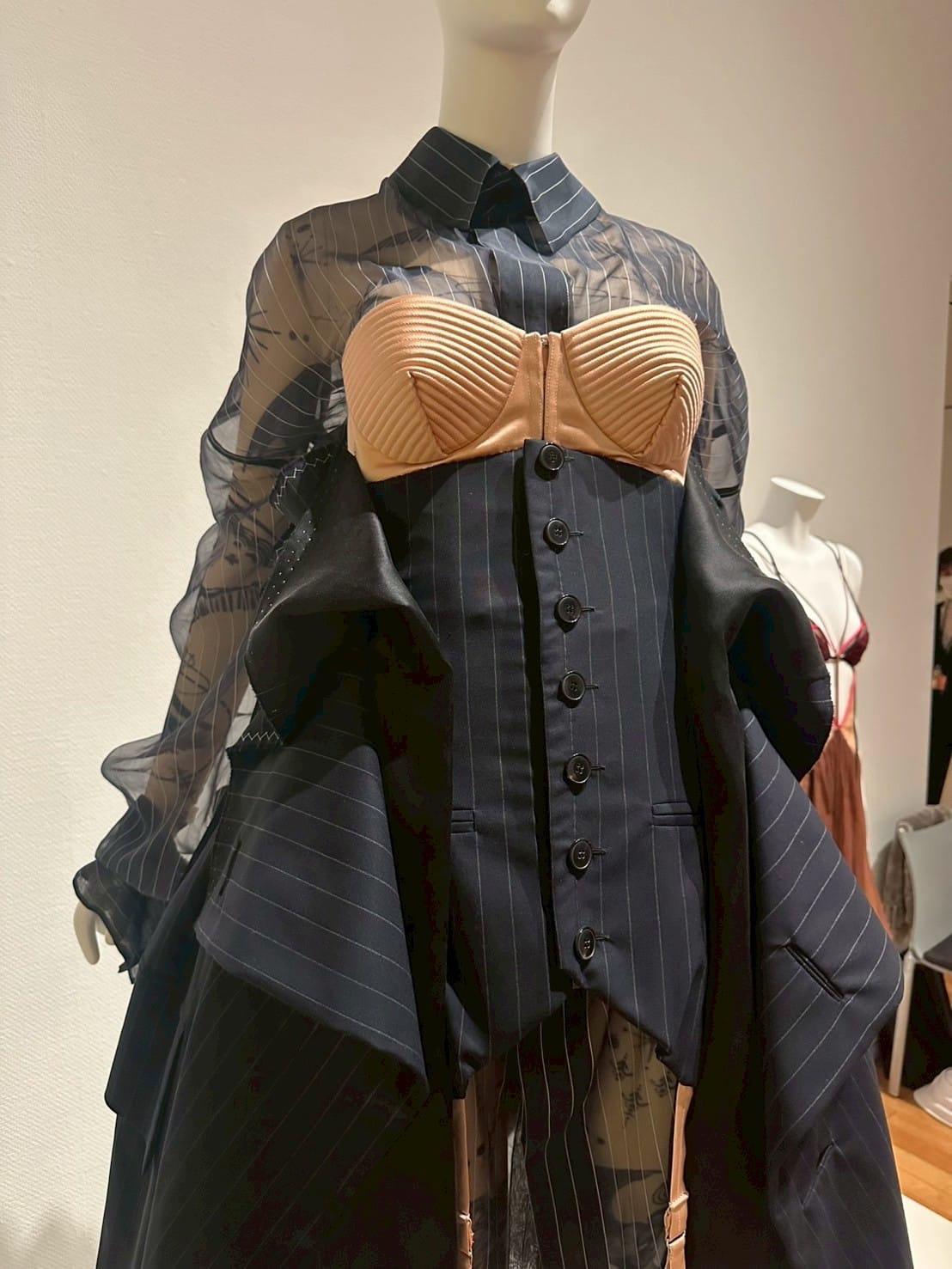
Just the way we are
The third section delves into the human need for self-acceptance, especially of our bodies. Having begun our journey in section one by acknowledging our intrinsic connection to the natural world, and then diverging in section two through the creation and pursuit of idealized beauty, we are now met with the tension between these two ideas: the desire to feel "enough" as we are, versus the pressure to conform to society.
This struggle for authenticity is vividly illustrated through the lens of 1990s fashion. Garments from this era often embraced a silhouette that did not overtly restrict or manipulate the body. Brands like Helmut Lang, Prada, Givenchy, and Gaultier embraced slip dresses and barely there lingerie-inspired clothing. Putting the natural body fully on display. However, looking at garments popular from the 90s, I couldn't help but feel that the natural beauty and acceptance on display were still a remnant of an exceptionally narrow ideal. This often translated into a tacit expectation of extreme thinness and a particular body shape.
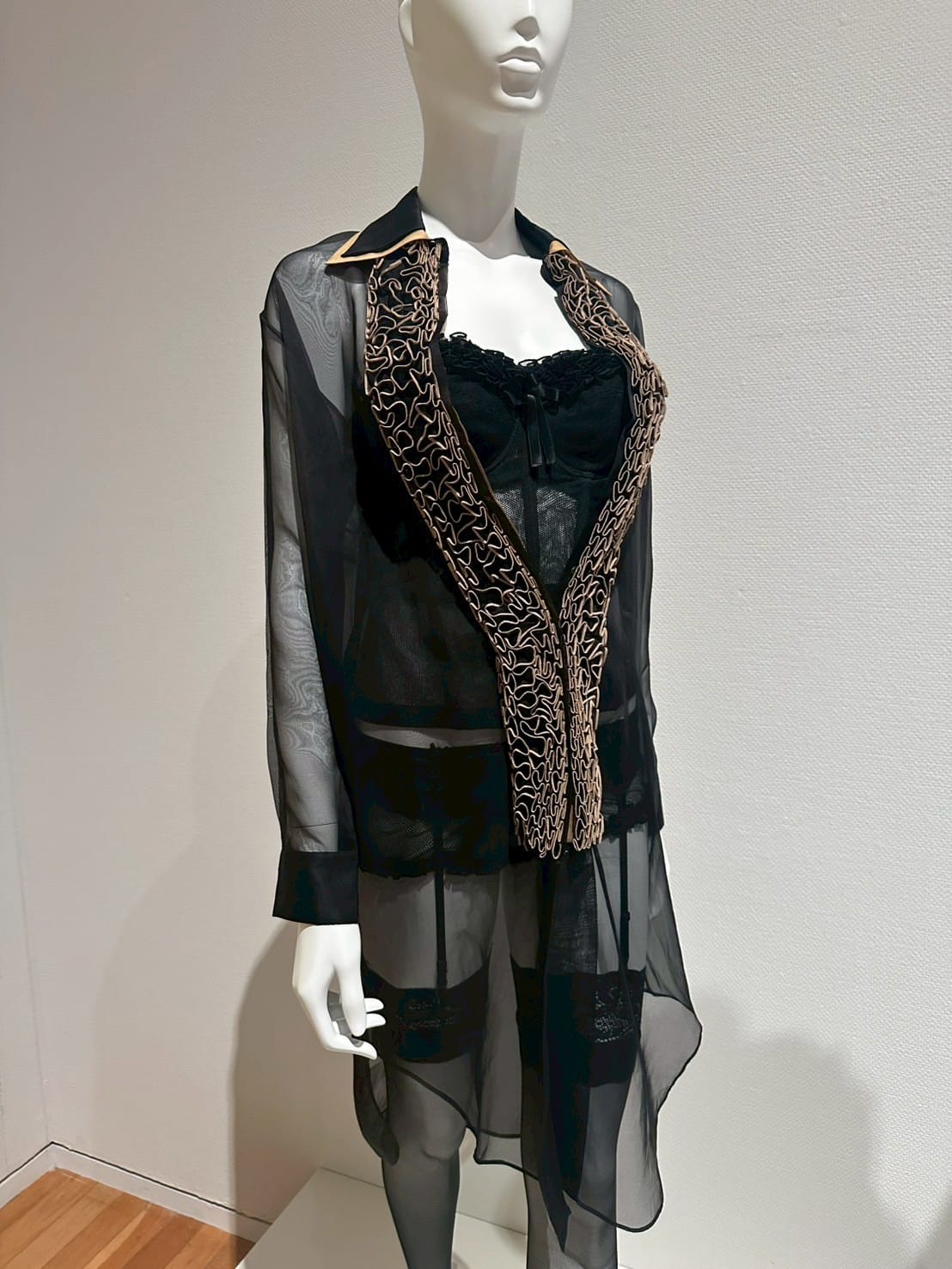
The landscape of self-acceptance has since undergone a significant transformation, spurred by the advent of movements like body positivity and, more recently, body neutrality. This evolution in thought signifies a step towards a more inclusive and compassionate understanding of ourselves. Self-acceptance is no longer confined to conforming to a predefined "natural beauty" ideal; it has expanded to embrace a much wider spectrum of human forms and characteristics.
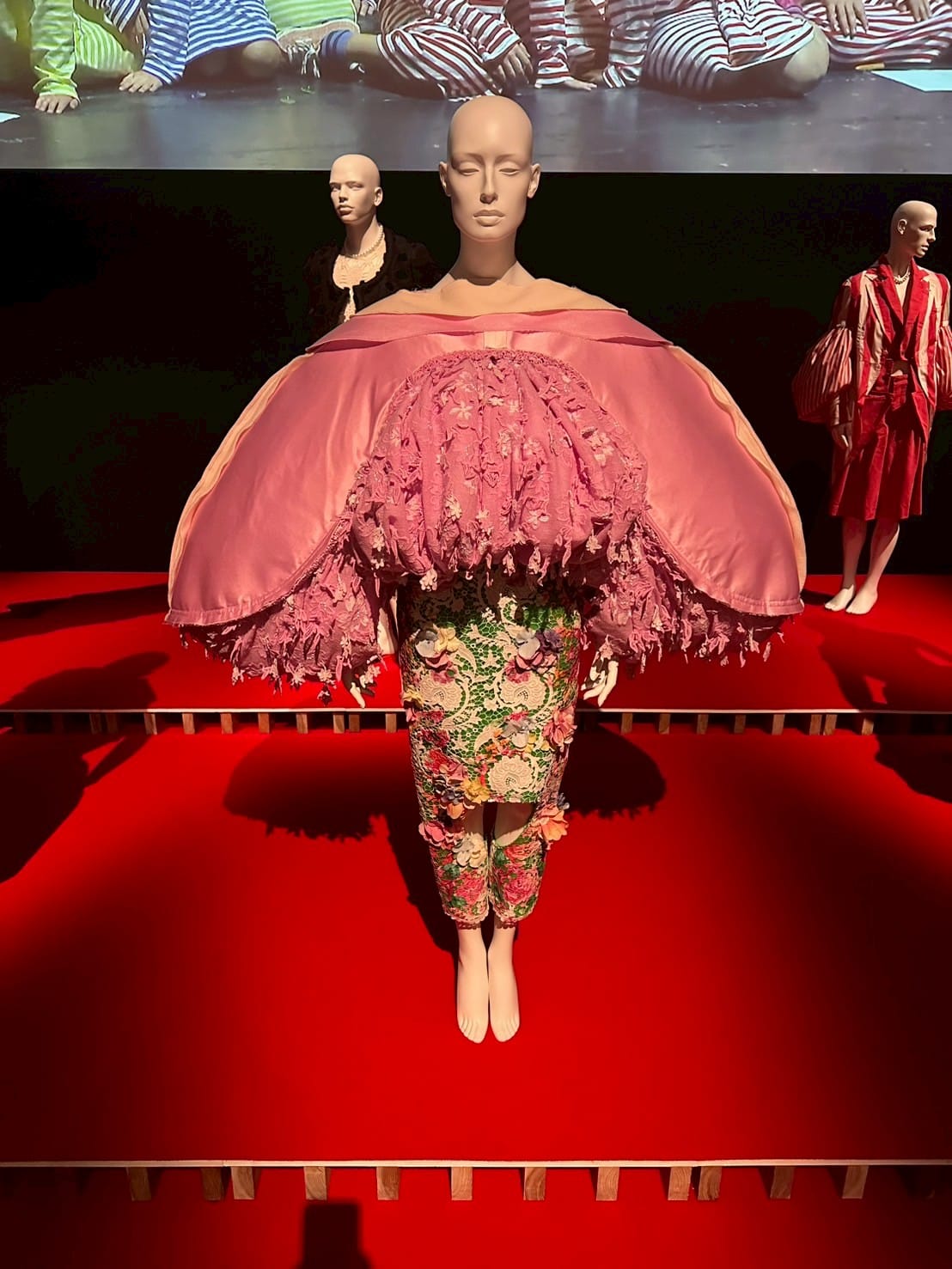
Break Free
Fashion is, in essence, a critical tool in the construction of individual and collective identity, deeply intertwined with aspects such as gender, cultural affiliation, and social class. This section delves into the groundbreaking designs of Rei Kawakubo, showcasing her women's and menswear collections, along with her costumes for the theatrical adaptation of Orlando, Virginia Woolf's seminal novel, renowned for its exploration of gender fluidity and transcendence.
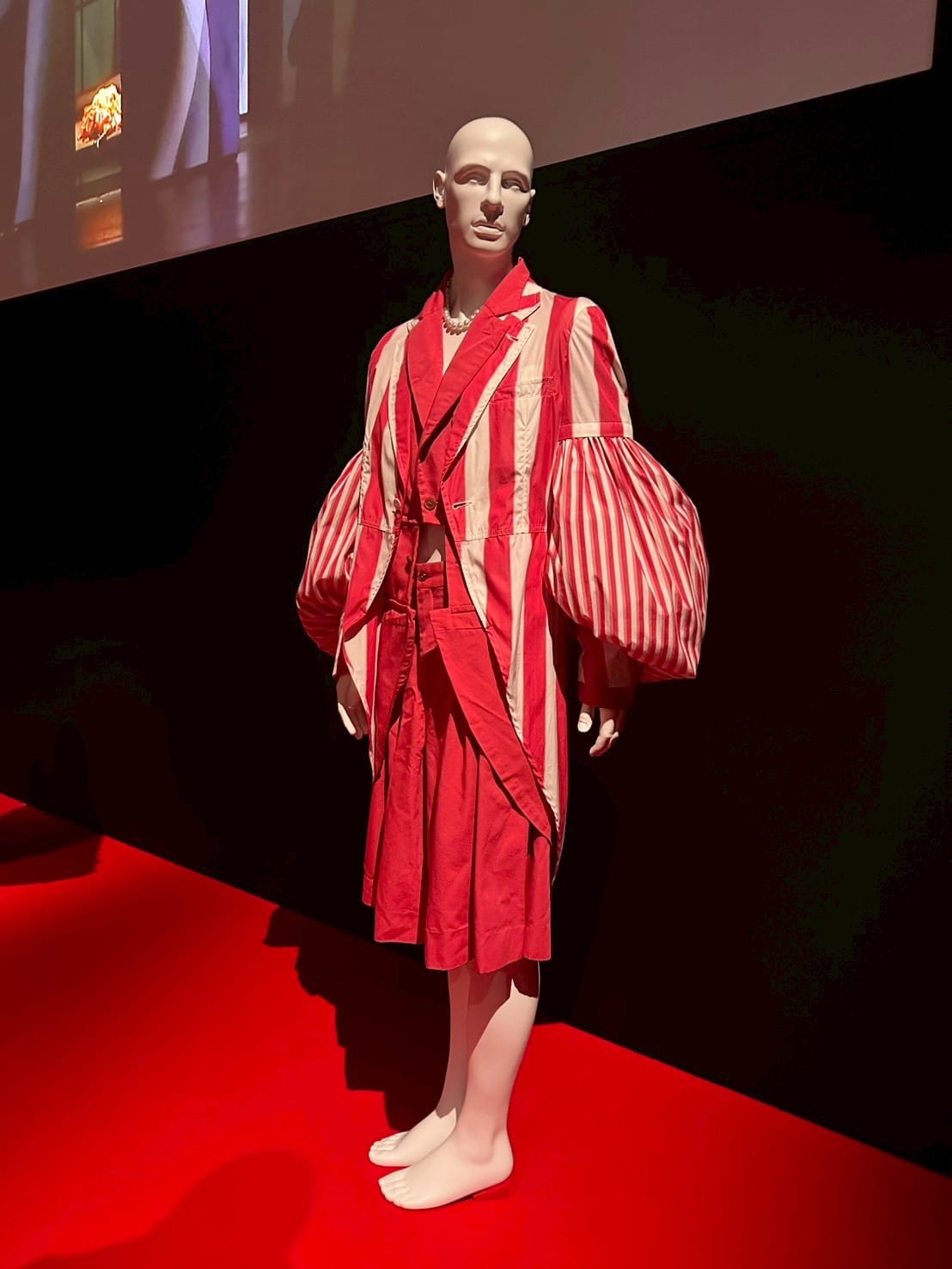
These three distinct yet interconnected bodies of work collectively illustrate her deliberate and radical blurring of conventional gender lines. Through these collections, Kawakubo's innovative approach to fashion is unconstrained by traditional definitions of male and female attire. Her designs defy easy categorization, pushing boundaries and challenging established aesthetics. Kawakubo remains an undeniably pioneering figure, not only within the landscape of Japanese fashion but globally.
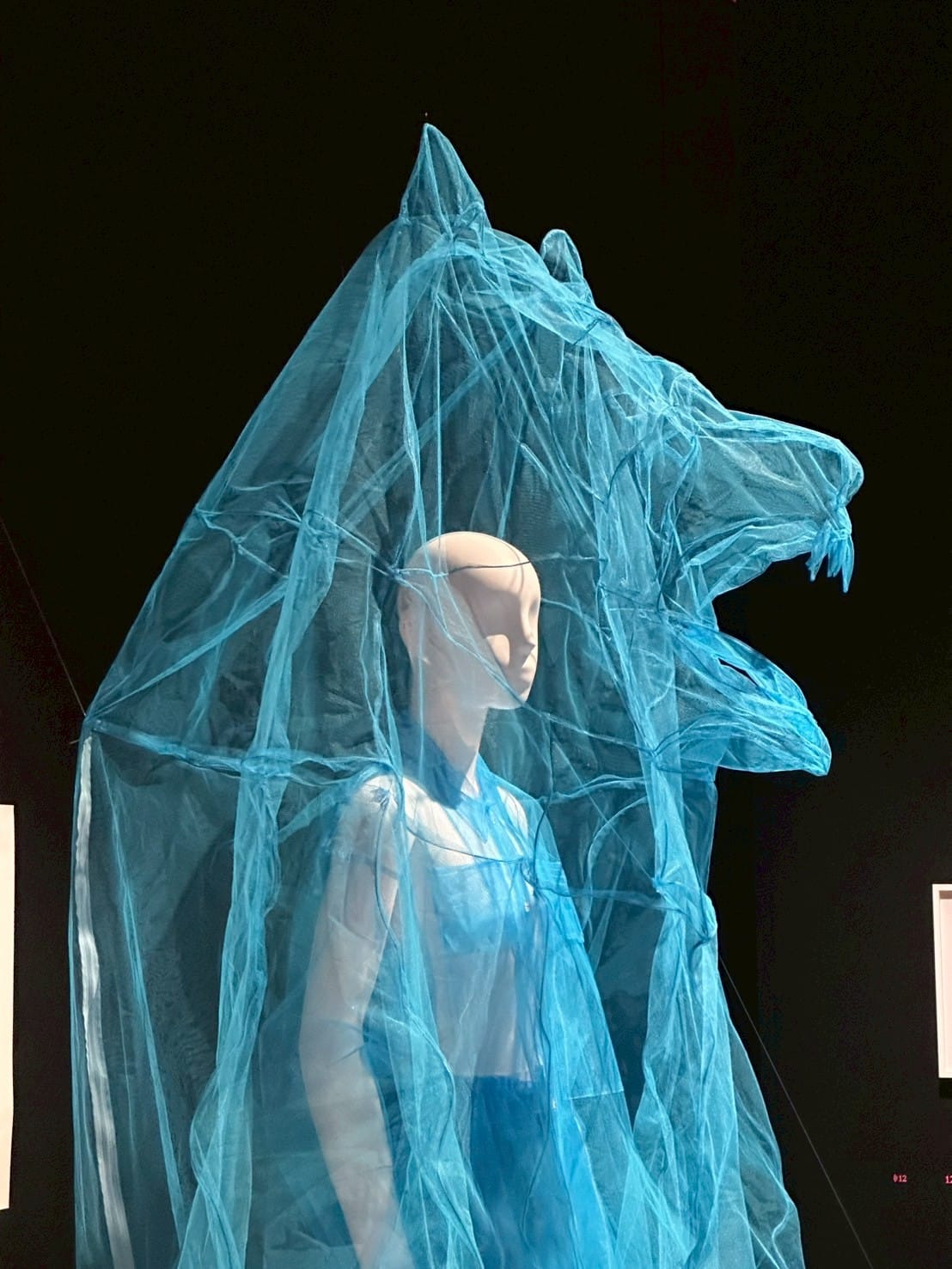
Take Me Higher
The exhibition ends with a look at the relationship between clothing and transformation, exploring how garments, when liberated from their initial context, undergo a rebirth into the realm of high fashion and personal expression. Clothing, in this expansive sense, transcends mere utility to become a potent instrument of transmutation.
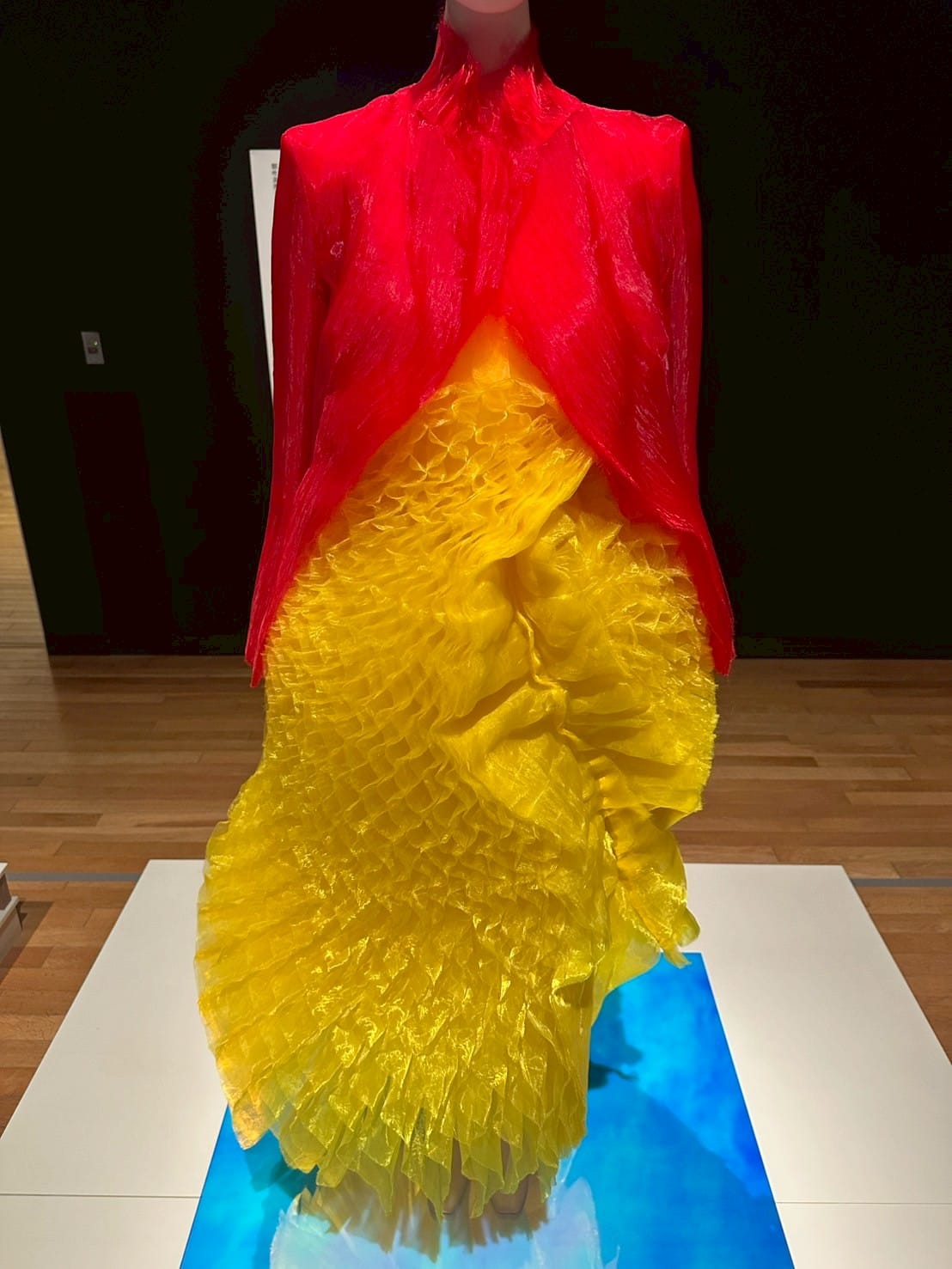
The fabric sculptures of Yoshio Kubo transform the wearer into tulle beasts. An Alexander McQueen dress mimics the skin of animals. Tomo Koizumi's and Junya Watanabe's sheer ruffle dresses and Viktor and Rolf's lip-shaped bodice eschew practicality and seriousness to embrace whimsy. A Mugler goddess gown replete with shimmering headdress and a Balecianga suit of armor blurs the line between costume and couture. These pieces show how garments can elevate the wearer beyond the ordinary, into realms of mythology, fantasy, and personal reinvention.
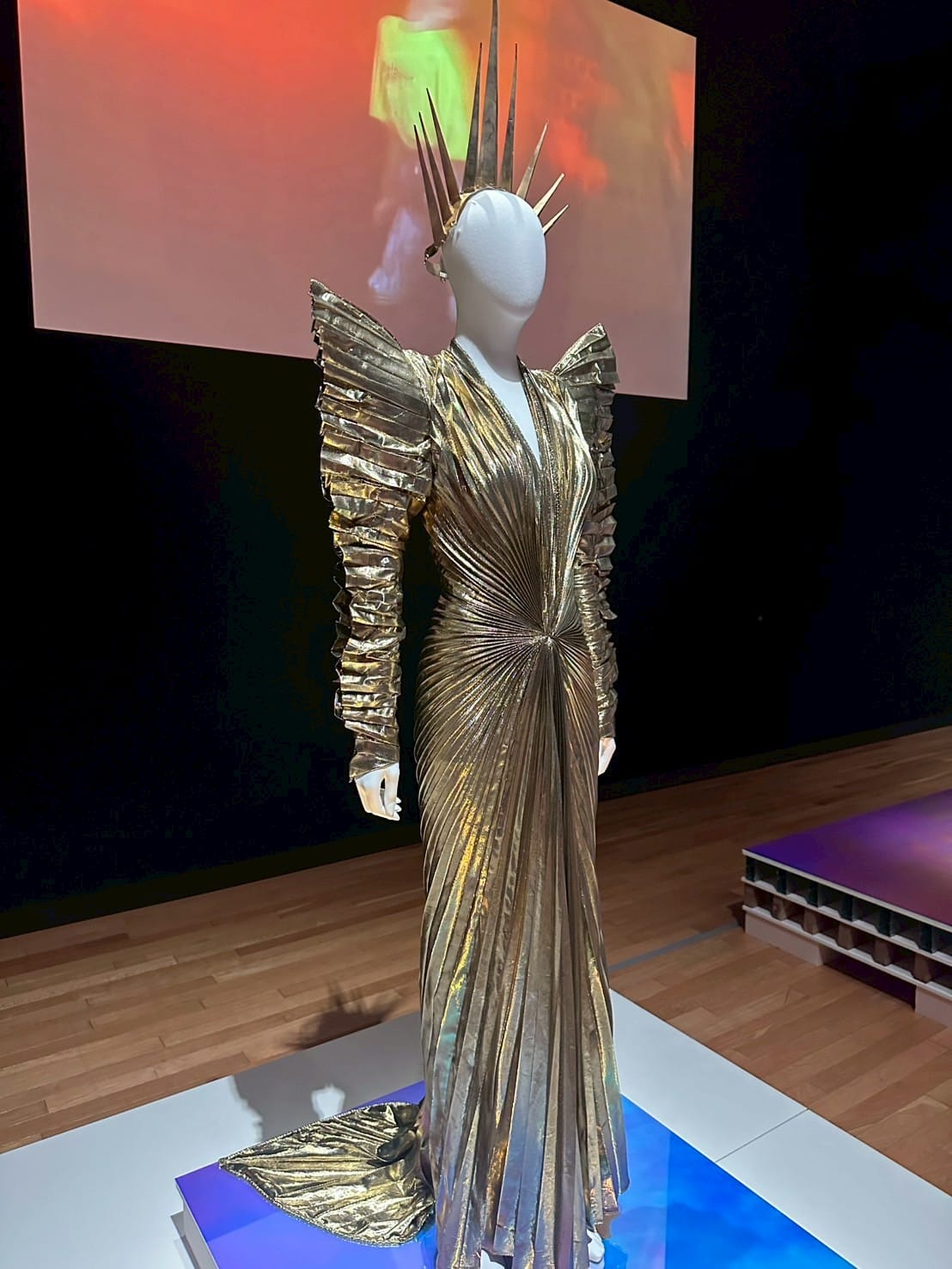
Ultimately, clothing offers an accessible means to shed the constraints of the mundane and the expected. It is a portal through which we can craft and present a version of ourselves otherwise impossible in the ordinary realm. Fashion empowers us to explore multifaceted identities, to express unspoken desires, and to manifest a sense of self that resonates with our deepest aspirations. It is not merely about covering the body; it is about unveiling the spirit, about ascending to new heights of self-expression, and embracing the boundless possibilities of personal evolution.
